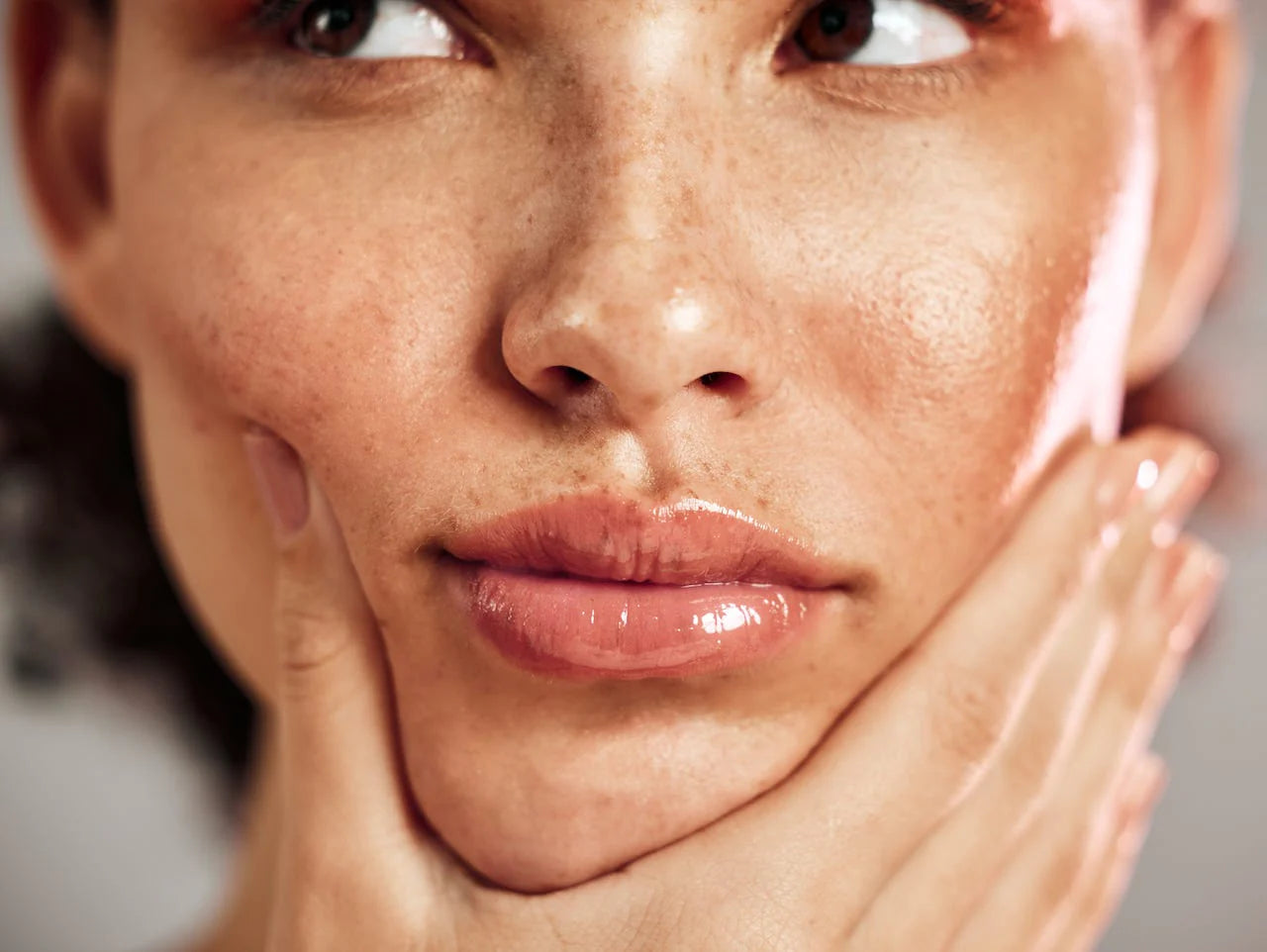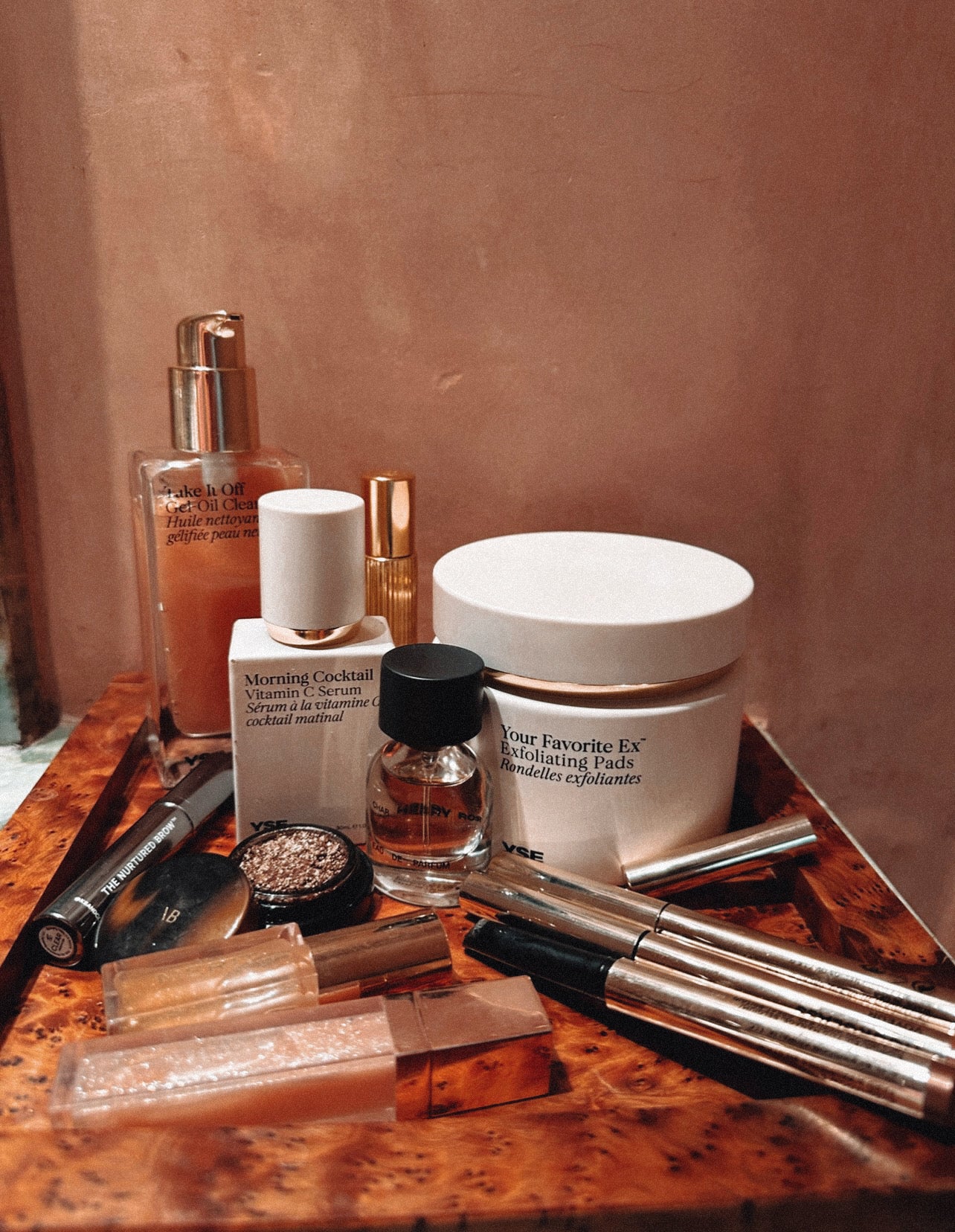Magic in a bottle? No, really—at least according to science. When it comes to the best skin care routine for 40s and up, skipping retinol is like going to a fancy dinner wearing no accessories. Wouldn’t you want to effortlessly supercharge your look? Skipping it can leave you looking dull.
No other ingredient has been clinically proven to reduce lines, while minimizing pores, pigmentation and acne blemishes more consistently than retinol. It’s just so easy, why pass it up? Especially as you age, retinol can provide your tired, oxygen-starved skin with a brighter, smoother, firmer complexion.
But like with any active, powerful ingredient (especially one you haven’t tried prior), you likely have questions and concerns. That’s totally normal, which is why we’ve provided a guide below to starting your skin on retinol for the first time.
How Does Your Skin Change in Your 40s?
Your 40s can bring on major jump scares in the mirror. Your 30s were probably when you saw pesky grays pop up on your head.. But just when you fully processed a trip to your colorist every six weeks, guess what? A skin care overhaul is next.
There’s a good chance you came out of your 30s unscathed, but the big 4-0 brings on some eyebrow-raising hormonal changes (buckle up!). Estrogen production declines slowly during perimenopause, which typically starts in the mid-to late-40s, then takes a steep immediate drop as menopause begins.
This means the supple, dewy skin you once knew and loved suddenly becomes a thing of the past. Estrogen loss leads to diminished overall thickness of your skin, increased dryness and less elasticity (*cough* sagging—god forbid). For lack of a better word, it sucks. And simultaneously, all your years of outdoor concerts and lazy beach days come to the surface in the form of fine lines and hyperpigmentation (thank you, sun damage and oxidative stress!). To top it all off, at a deeper level, the natural loss of supportive fat and bone create creases in the skin.
It’s around this time that we preach: It’s ok to ask for help!
Invite Retinol Into Your Routine
Retinol and its other forms (retinoids) are derivatives of Vitamin A. They’re what we’d call the “popular kids” of skin care. They’re elevated, everyone wants them around, and they’re the life of the party (ok, life of your skin care routine). These are powerful molecules that increase cell turnover and production (also known as proliferation).
































































